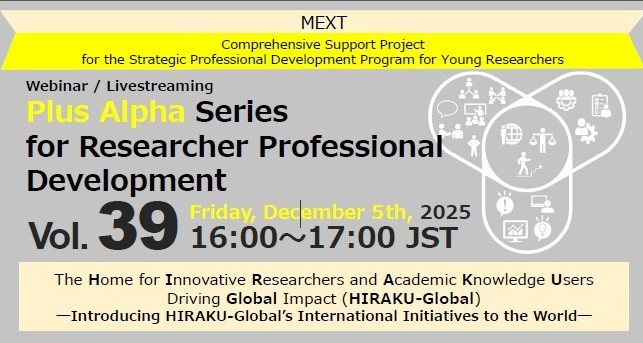Interview No.55 Chih-Ting Wang
School of Materials and Chemical Technology
I am Chih-Ting Wang, currently a third-year Ph.D. student at the Institute of Science Tokyo, specializing in Materials Science and Engineering, with a research focus on biomaterials. Beyond my academic pursuits, I enjoy immersing myself in online novels and YouTube videos. When time allows, I visit the university gym to stay active. On weekends, I find relaxation in strolling through city streets and parks, accompanied by my favorite Podcasts. I also enjoy browsing supermarkets, discovering new products, and indulging in everyday curiosities.
Research Outline
Plastics derived from petroleum play a crucial role in daily life, but their production and disposal release large amounts of CO₂, exacerbating global warming. Annually, around eight million tons of plastic waste enter oceans, causing severe pollution. Polyhydroxyalkanoates (PHAs), biodegradable and biocompatible, offer a promising alternative. P(3HB), the most common PHA, is rigid due to high crystallinity and lacks elasticity. A safer fermentation system using low hydrogen concentrations has successfully synthesized P(3HB) from Ralstonia eutropha H16. To meet industrial demands, further optimization of fermentation and recombinant strain applications is necessary, alongside research into material properties for practical use.
Off-campus program – Research & Growth at Imperial College London
I had the opportunity to spend three months at Imperial College London, working under Professor Elena Dieckmann from the Dyson School of Design Engineering and Professor Tom Ellis from the Department of Bioengineering. The Dyson School integrates design innovation with engineering, emphasizing creativity, sustainability, and problem-solving. It excels in biomaterials, sustainable design, and advanced manufacturing. Meanwhile, the Bioengineering Department leads research in biomedical engineering, biological engineering, and biomimetics, developing advanced medical technologies and life science solutions. Its interdisciplinary approach and collaborations make it a global hub for innovation.
This research focuses on the application of bio-welding technology in biological materials like bacterial nanocellulose (BNC) to achieve seamless, durable, and sustainable bonding methods. By replacing conventional solvent-based adhesives, it aims to minimize harmful chemical use while enhancing the strength and aesthetic appeal of biological materials. Additionally, the study explores how bio-welding can enable customizable textile designs and functionalities, optimizing the process to reinforce material structures and expand the potential of biological materials in industries such as textiles and healthcare.
Our research explores the development of a PHB-cellulose composite through co-culturing K. rhaeticus and R. eutropha. We are optimizing a modified HS medium, replacing glucose with fructose and stabilizing pH to prevent disruptions that could harm R. eutropha. Over a week, cellulose clumps form, embedding PHB granules. PHB extraction involves cell lysis, purification via centrifugation, and freeze-drying for mass measurement. A genetically modified K. rhaeticus expressing red fluorescent protein under UV light enables cellulose identification. Mechanical properties are evaluated via tensile strength testing and SEM analysis. Another approach involves molding and heat-pressing the composite at 185°C and 3 MPa, integrating PHB into the fiber network for enhanced material properties. Additionally, 3D-printed PHB scaffolds were tested with bacterial nanocellulose (BNC) pellicles, using open-cell gyroid structures to assess cellulose growth. We are refining growth conditions by varying channel distances, analyzing structural integrity, and optimizing scaffold geometries.
Our research will contribute to two academic papers: one on BC/PHB composite formation using a 3D-printed mold and another on seamless integration via co-culturing. Moreover, our work has earned recognition in the Sustainable Style Mission Award, where we collaborate with researchers and industry leaders to advance sustainable biomaterial applications. Through interdisciplinary efforts, we aim to enhance PHB-cellulose composites for practical use in biomedical and textile industries.
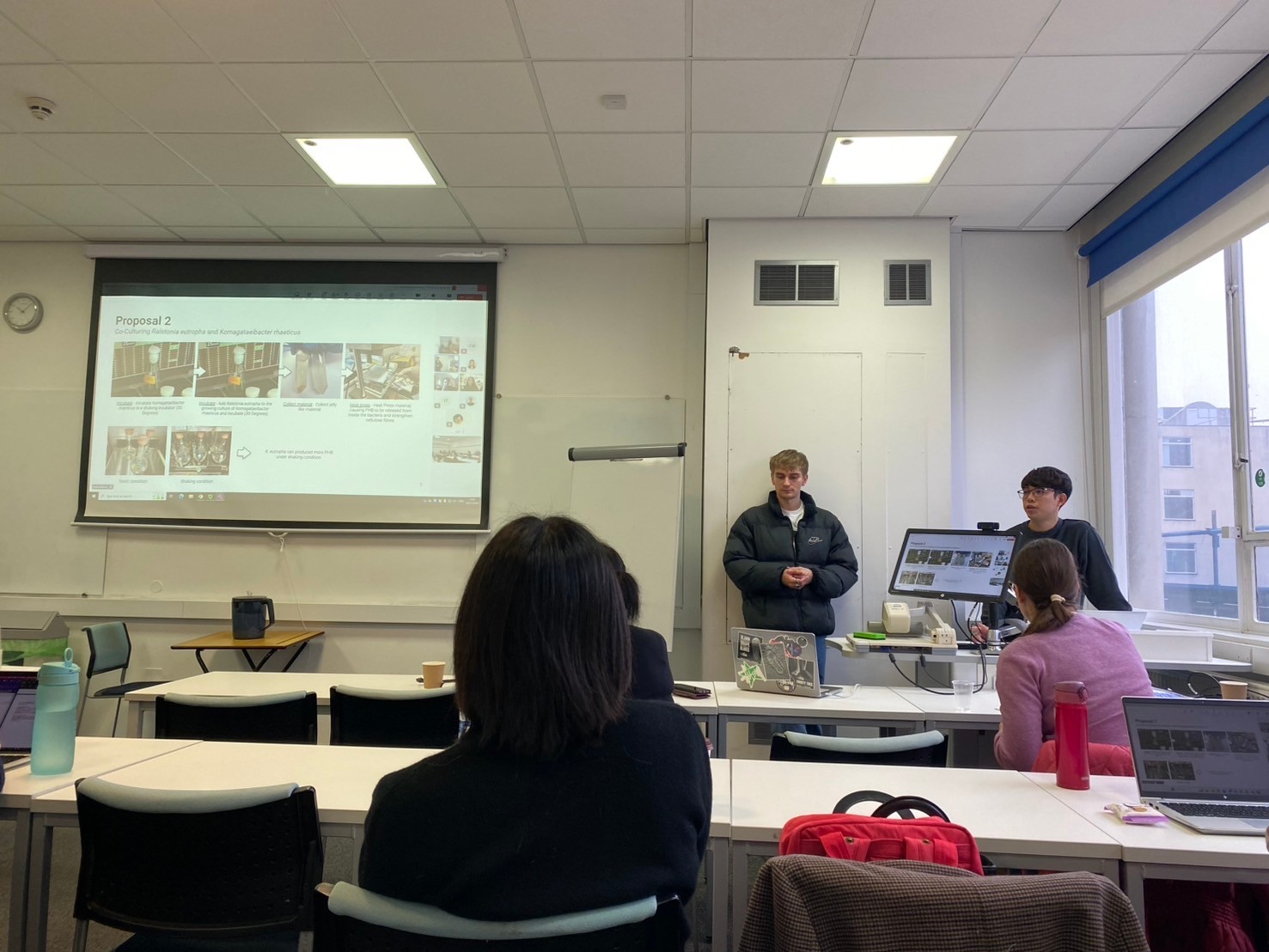
Figure 1. Group meeting presentation at Northumbria University (For SSMA meeting).
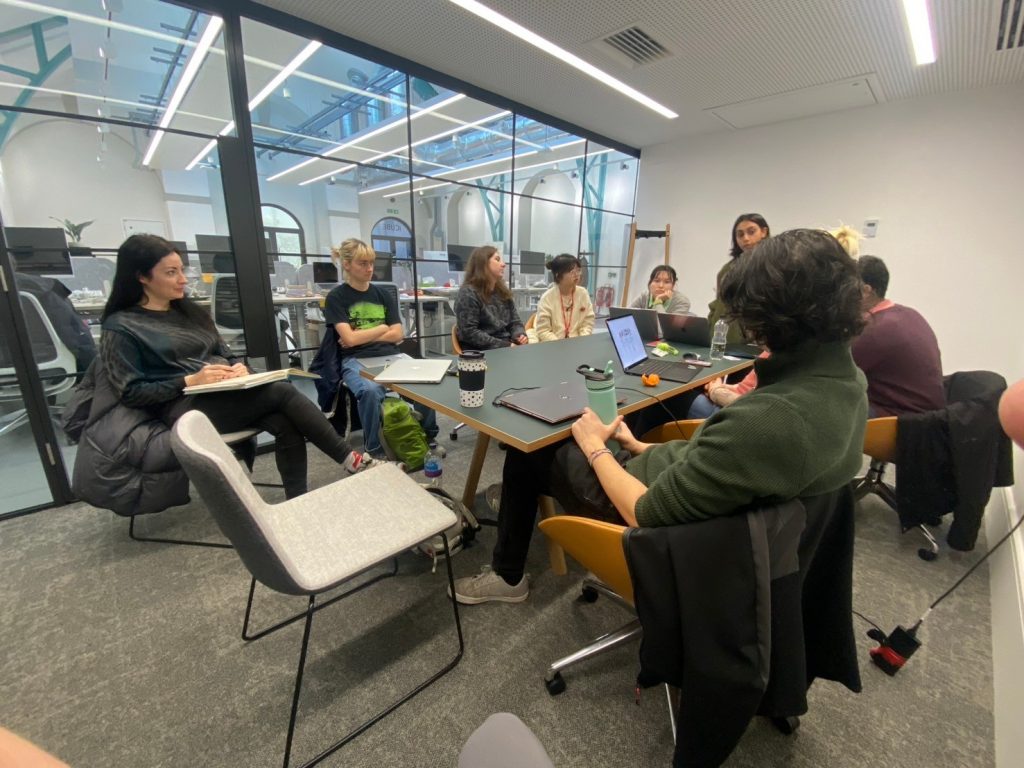

Figure 2. Group meeting at Elena’s lab (left) and at Tom’s lab (right).
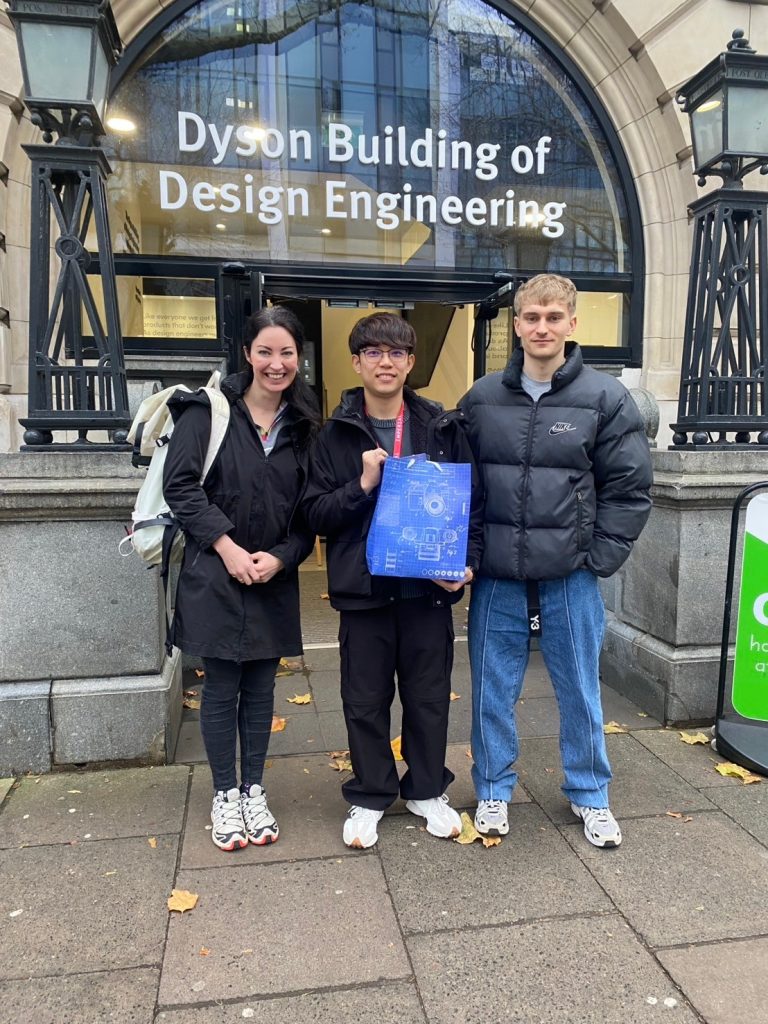
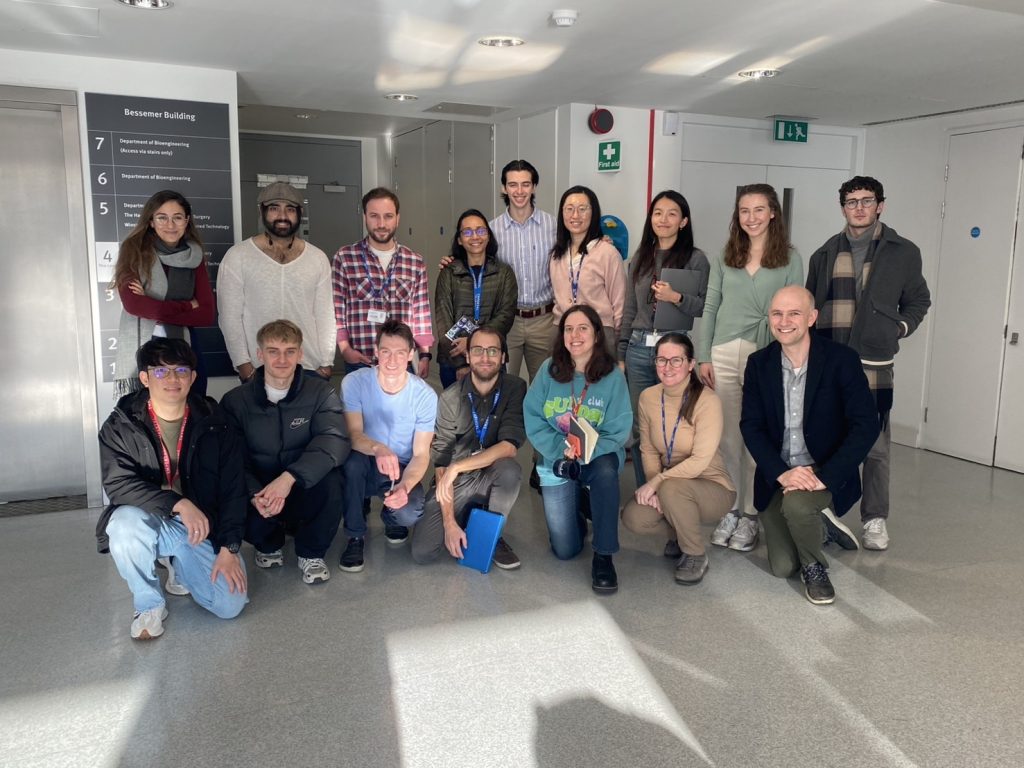
Figure 3. Pictured with Elena’s lab and Tom’s lab members.
Message
Here are some key recommendations for students preparing for off-campus projects:
- Early Planning and Decisions – Begin discussions with your academic advisor as soon as possible to identify suitable institutions or companies. Finalizing your destination early is crucial, as admission or employment procedures may take significant time.
- Safety and Security – Prioritize your personal and property safety, especially if traveling to regions like Europe or America, where security conditions may differ from Japan. Researching local safety guidelines can help prevent the loss of important belongings.
- Understanding Rental Regulations – Learn about local rental laws to effectively handle any disputes. Knowing where to seek assistance can ensure a smoother living experience.
- Cultural Adaptation – Every country has unique cultural norms and practices. Being open-minded and embracing these differences will help you integrate seamlessly and make the most of your experience abroad.
Once you’ve prepared everything, take the leap with confidence. Push your limits, embrace new challenges, and set out to explore this vast and fascinating world!




